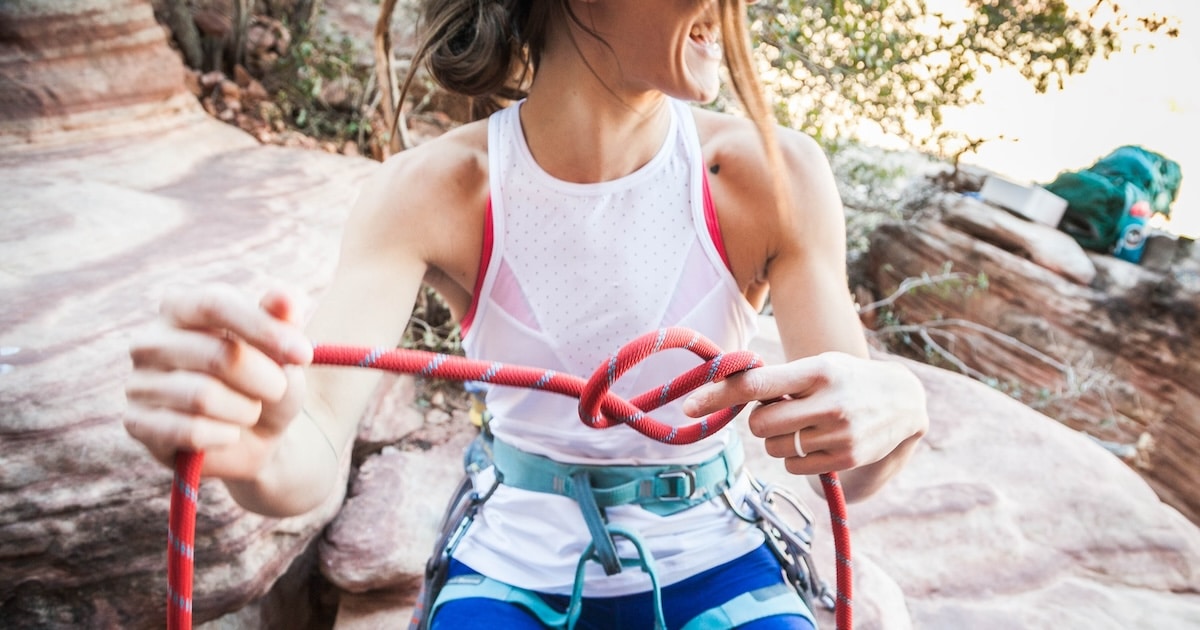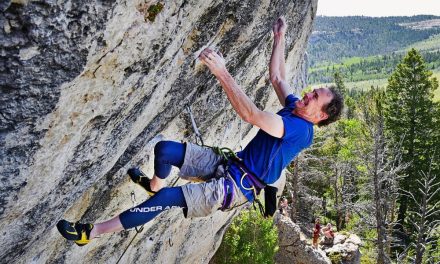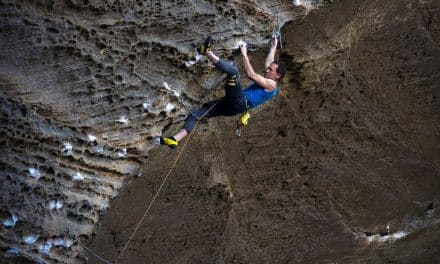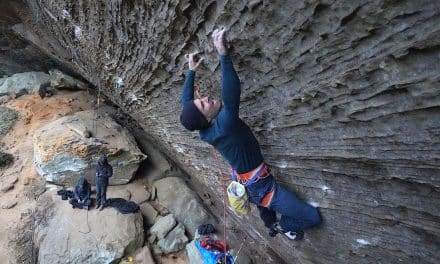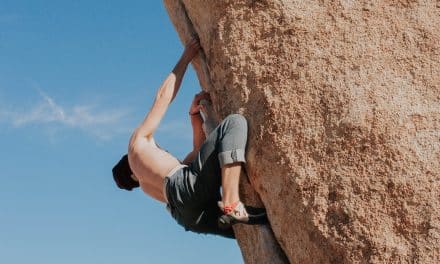Having specific goals in mind for where you want to go with your climbing is a prerequisite for making progress. If you don’t know what you’re aiming for, you’ll likely miss the target completely. But not all goals are created equal. Learn the difference between two types of goals and how to plot them out on your climbing timeline.
The things you choose to do have more of an impact than the things that happen to you. That’s because you’re putting in the work to turn your dreams into reality, instead of waiting around for the luck of the draw. The effort it takes to decide on a direction and forge ahead, no matter the obstacles in your way, makes the experience that much more valuable.
But when it comes to setting goals, many climbers focus on what they would like to have happen to them rather than what they can actually do about it. For instance, I often hear climbers say that they would like to achieve a certain grade. I don’t know of any climber that doesn’t dream of sending the next grade, and there’s nothing wrong with using these numbers as a metric to gauge your progress.
This type of goal, though, fails to dig beneath the surface. It starts and stops with something you would like to have happen: hitting a new benchmark. Nothing about this goal addresses the myriad of factors that go into actually reaching that grade. Such a mindset puts too much emphasis on the result and not enough on the action.
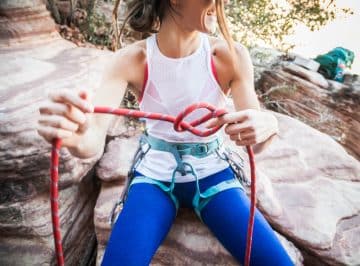
With practice, proper process goal-setting can come as naturally as tying in to climb. Photo by Brook Anderson.
Outcome Goals
Goals that center on the end result are called outcome goals. All climbers—all people, really—have them, and they’re an important part of the goal-setting process. They represent the destination where you want to arrive. Without an outcome goal in your sights, it would be hard to know where to go at all.
The mistake lies in ending here. You know where you’re going, but not how to get there. Climbing your first 5.13a, for example, isn’t something that just happens if you just wait around long enough. It takes specific, consistent, dedicated action to improve in a way that gradually lifts you up toward that intended outcome.
Process Goals
Goals that center on what you do, not just the end result, are called process goals. Just like the name states, these goals look at the process involved in getting to where you want to go. Process goals require climbers to ask themselves what is missing between the kind of climber they are now and the kind of climber that is able to achieve their outcome goal. What skills and strengths would you need in order to reach the next level? Further, what would you need to practice in order to obtain those skills and strengths?
Process goals rely on action. They give climbers things to actively work on that move them closer to their desired outcome. These goals keep the outcome in the picture, but don’t let it take up the entire page. From a process goal perspective, achieving an outcome is more of a bonus than the main intention. The real win is growing as a climber learning the skills and building the strength that the climb demanded.
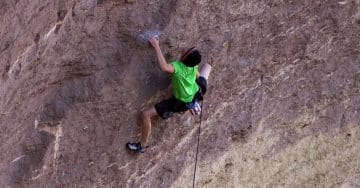
Look into your future just as sharply as you look to the next hold.
Turn Outcome Goals into Process Goals
Start by thinking about where you want to end up. Is there a certain grade you’d like to tick off, a climb that you can’t stop thinking about, or a new style that you’d like to feel more proficient in?
Then, consider what skills a climber that could successfully achieve this goal would have. Could they perform extended lock-offs from half-pad crimps? Could they generate enough power to huck for a far-off pocket? Could they trust their toes on greasy, dime-sized feet while pressing into a wide dihedral?
Take those skills and compare them to the ones you have now. Determine what needs to change or improve about your current skillset in order to get you from Point A to Point B. What’s the difference between you and the future version of you that can reach the outcome in your mind?
Now, think about what you can do to bridge the gap. How can you make these changes? What drills, exercises, and routines will hone in on those missing pieces? How can you incorporate these practices into your training?
Once you know where you’re going and how to get there, you can start to plot out your plans on a timeline that takes you all the way from the present to the day you finally achieve your outcome goal. Stay tuned for more on periodizing your goals to keep your eyes on the prize without losing touch with the present moment.
Related Articles:
- How Elite Boulderer Andi Stull Translates Her Training to Sport Climbing
- Pursuing Climbing Mastery By Diversifying Your Climbing Skill Set
- How Jonathan Siegrist Trains to Crush 5.15 Climbs
- A System for Achieving Greatness in Climbing…And Beyond!
- Effective Goal Setting for Climbing

